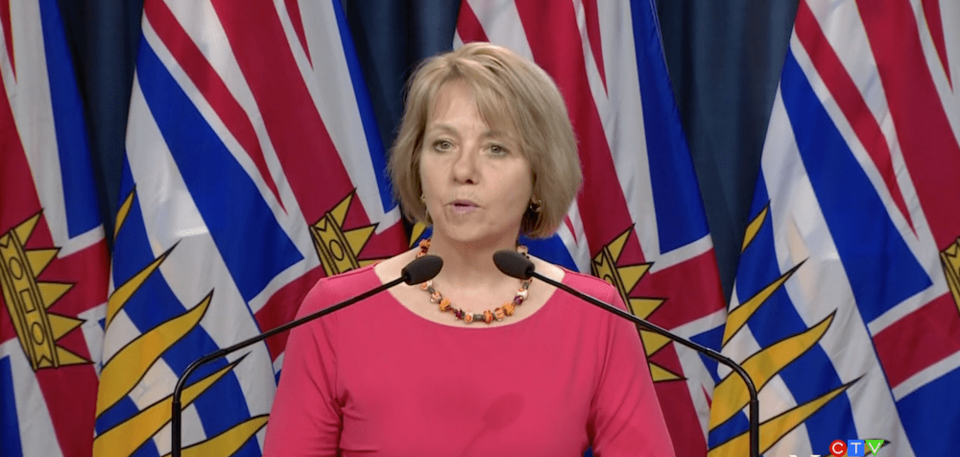There are now 13,588 cases of the coronavirus (COVID-19) in B.C. after health officials announced 217 new cases Tuesday.
Two of these new cases are epi-linked.
Provincial Health Officer Dr. Bonnie Henry reports that there are 4,476 cases in Â鶹´«Ã½Ó³»Coastal Health (VCH), 7,674 in Fraser Health, 250 on Â鶹´«Ã½Ó³»Island, 717 in Interior Health and 383 in Northern Health.
Additionally, there have been 88 cases of COVID-19 in B.C. of people who reside outside of Canada.
There have been two new health-care facility outbreaks at Felburn Care Centre and St. Michael’s Centre. In total, 21 long-term care or assisted-living facilities and two acute-care facilities have active outbreaks.
There have been no new community outbreaks. There also continue to be exposure events around the province.
There have been no new COVID-19 related deaths, for a total of 259 deaths in British Columbia.
Of the total COVID-19 cases, 84 individuals are hospitalized, 27 of whom are in intensive care. The remaining people with COVID-19 are recovering at home in self-isolation. As well, 5,101 people are under active public health monitoring as a result of identified exposure to known cases.
There are 2,322 active cases of COVID-19 in the province and 10,954 people who tested positive for COVID-19 have recovered.
Alerts are posted on the BC Centre for Disease Control’s (BCCDC) website, as well as on health authorities’ websites, providing details on where the potential exposure occurred and what actions to take – whether you need to self-isolate or monitor for symptoms.
“Always using our layers of protection reduces the potential for the virus to spread and is an important part of our COVID-19 response in B.C," said Henry.
“In addition to washing our hands often and staying home when ill, our protective layers include limiting our time with people outside of our household, keeping our groups small, giving people the space to stay safe and if that is challenging, using a non-medical mask.
“A mask is especially helpful in public indoor spaces where you don’t know the people around you and the risks they may have.
“As a result, the expectation is that masks will be worn within public areas of health-care facilities, shopping malls, grocery stores, community centres and other public spaces – as you enter, exit and move around.
“Public indoor spaces are quite different from our schools, offices and businesses that have established learning groups and work cohorts, supported by comprehensive COVID-19 safety plans.
“Getting through our COVID-19 storm requires all of us to do our part without exception, so let’s support each other to do the right thing today.”



